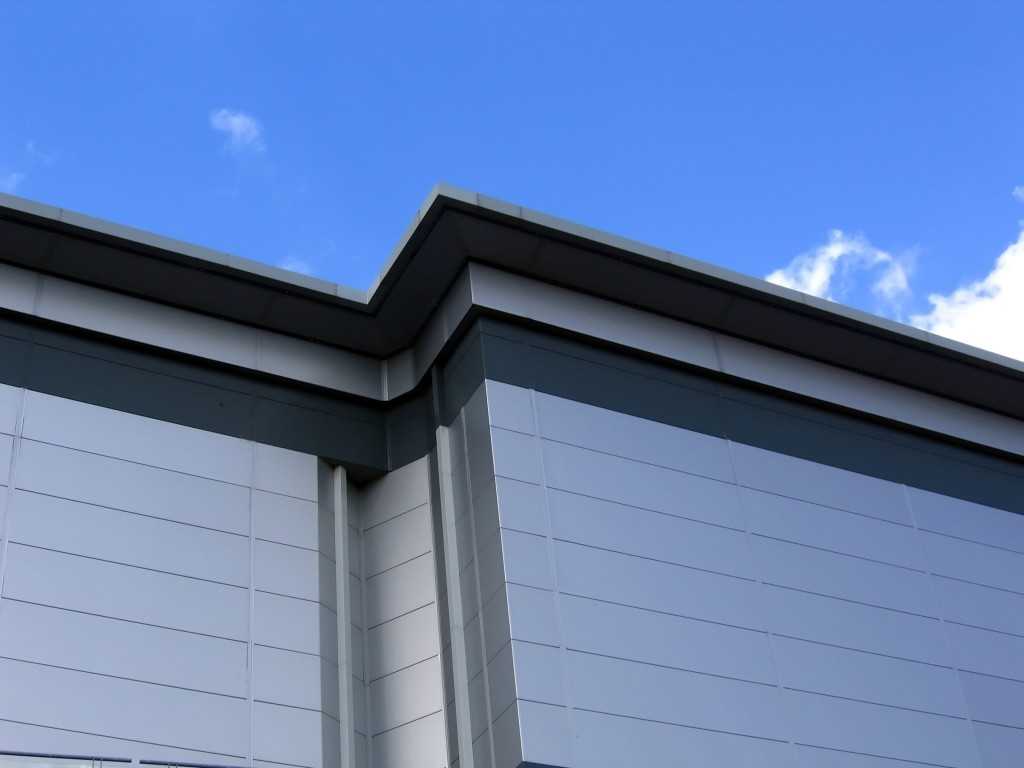 Aluminium cladding provides added protection to your home due to its durability. Cladding can be made out of a variety of materials, including wood, fibreglass, plastic or steel. Aluminium remains popular because of its sleek appearance and hardwearing properties.
Aluminium cladding provides added protection to your home due to its durability. Cladding can be made out of a variety of materials, including wood, fibreglass, plastic or steel. Aluminium remains popular because of its sleek appearance and hardwearing properties.
New Zealand’s weather varies, so applying good cladding can prevent the occurrence of moisture and rot inside the home. Cladding comes in a number of styles and finishes. Nu-wall Aluminum Cladding has several examples of horizontal cladding profiles.
Properties of Aluminium
Aluminium is an ideal choice for use as a cladding material. Aluminium has exceptional structural strength and is more lightweight than other kinds of materials. The material is roughly 35% to 65% lighter than steel. Aluminium is also very durable; its alloys can even support glass and carry the weight of solar panels.
Aluminium is highly recyclable and improves a building’s green building status. The Leadership in Energy and Environmental Design (LEED) controls these green building standards. The authority rates aluminium high on its list of environment-friendly building materials because the metal requires less energy to transport and produce than comparable materials like steel. Aluminium can be recycled for an unlimited number of times.
Cladding Profiles and Finishes
Cladding profiles vary in size and finish. Wide cladding accumulates less dirt, but smaller cladding may look more attractive. It all depends on the preferences of the homeowner. Since aluminium readily allows itself to be painted in different finishes.
It works well with metallic looks as well as anodised finishes, which are achieved using powder coating. Aluminium cladding works especially well in coastal areas as the material does not rust or tarnish in the presence of salt water. Aluminium cladding is most certainly a sturdy, longwearing material.

